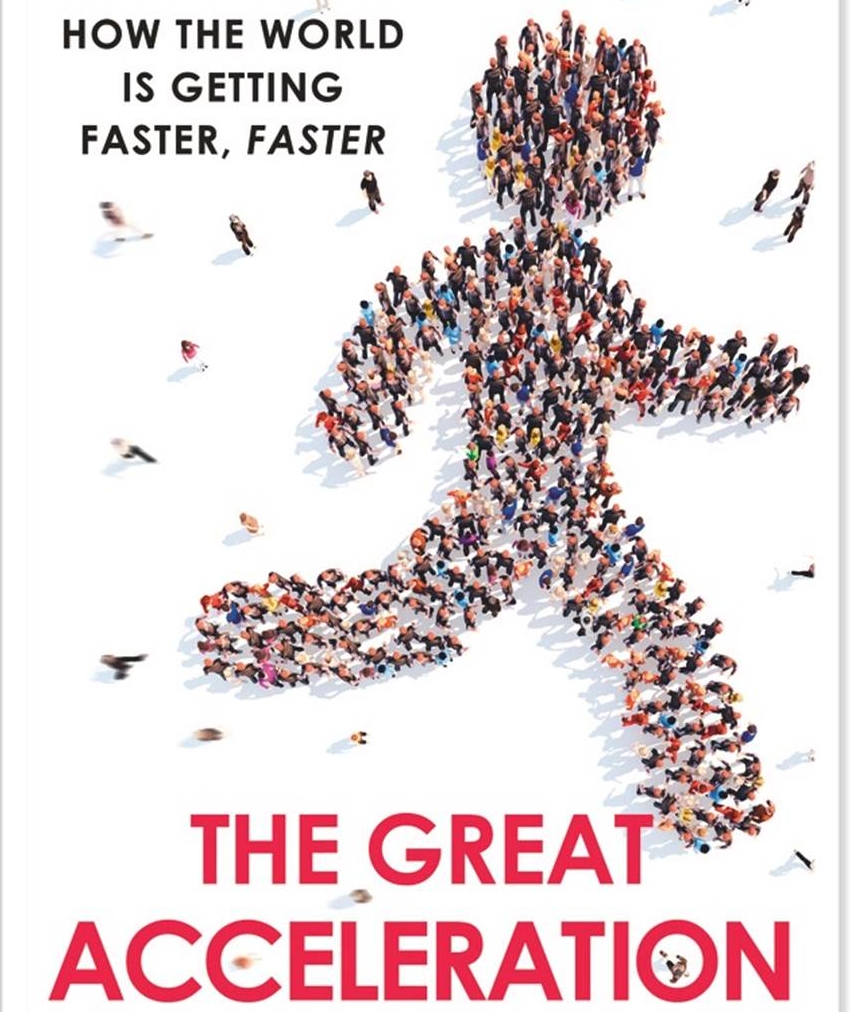Knowing your audience is vital for newsrooms whatever their business model. With limited resources and massive competition, it can be useful to know how to shape your journalism to engage with the consumers. But as this recent research shows, many journalists do not view all ‘users’ as the same. Max Hänska from De Montfort University explains.
Does media reflect or shape identity? A prominent tradition of scholarship argues that when identity is flagged and signalled in the media—as it routinely is through dialects and other linguistic features, parochial perspectives on events, or the cheering on of national teams—national identities are affirmed, reproduced, but also created.
In this sense, the audience or public that journalism serves is always implicit in the content and framing of news: it reflects a particular perspective on the world. That is why it is critical to have a notion of who your audiences are—of their identity. Writing for the Financial Times, your audience is likely more cosmopolitan, while writing for the Daily Mail your audience will be much more receptive for national parochialism. Journalism imagines, reflects, and reminds us who we are.
In a recently published study I asked how journalists think about, or imagine their audience, the community they serve. I found that they view audiences and the public as multi-faceted, overlapping, but also contradictory groups—not as homogeneous or unified.
Sometimes journalists imagine the public as a cosmopolitan community of fate, and think of their newswork as serving those affected by issues at stake in a story, those with skin in the game: A report on environmental degradation is relevant to those most immediately affected by them, irrespective of who they may be.
Sometimes they view their audience as nationally-defined, imagining the public as a nation, and find it important that news stories have clear national salience, but also that news is presented in a domesticated voice. For instance, that newscasters sound and feel like fellow nationals, and assume a national point-of-view, affirming national identity.
And sometimes they imagining the public as the de facto audience, focusing on the imperative of competing for attention, and serving whatever audience they can garner irrespective of who or where they are.
The way journalists view their audiences, and imagine the publics they serve, reflects the multifaceted, transnational complexity of contemporary identities. It sustains and reproduces our self-understanding as English, British, European. But this identity-orientation is countervailed by a focus on affected communities irrespective of identity, and efforts to capture larger audiences.
Tensions arise between these different ways of seeing your audience, and imagining the public you serve, because they make different demands on the kind of stories journalists choose to pursue, and how to tell them. Yet these tensions also harbour opportunity. Figure out how to tell compelling stories without assuming a homogeneous audience, who relate to stories in the same way, and you may be giving rise to new, broader, more inclusive, transnational communities.
By Max Hänska @MaxHanska
Reference: Hänska, Max (2018) “International Journalism and the Emergence of Transnational Publics: Between Cosmopolitan Norms, the Affirmation of Identity and Market Forces.” Global Media and Communication Online First. https://doi.org/10.1177/1742766518759796





